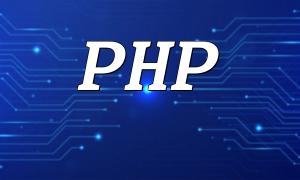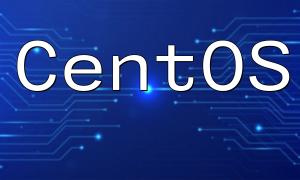PHP is a widely-used open-source scripting language, especially suited for web development. In a Linux environment, PHP 7.0 offers significant performance improvements and new features, making it a popular choice for developers. This guide will walk you through the steps to install and configure PHP 7.0 on a Linux system, helping you quickly set up your development environment.
Before installing PHP 7.0, ensure your Linux system is up to date. You can update the system using the following command:
<span class="fun">sudo apt update && sudo apt upgrade -y</span>
Additionally, make sure you have some essential development tools and libraries installed to facilitate the installation process. Use the following command to install the necessary tools:
<span class="fun">sudo apt install build-essential libxml2-dev -y</span>
In Linux, using the package manager to install PHP is the easiest method. You can install PHP 7.0 by running the following command:
<span class="fun">sudo apt-get install php7.0 php7.0-cli php7.0-fpm php7.0-mysql -y</span>
During installation, you can also add other PHP extensions such as php7.0-curl or php7.0-json, depending on your needs.
Once the installation is complete, you can verify the PHP version with the following command to confirm the installation was successful:
<span class="fun">php -v</span>
If everything is set up correctly, you should see output similar to this:
<span class="fun">PHP 7.0.x (cli) (built: date) (NTS)</span>
To ensure PHP runs optimally in your Linux environment, you will need to make some configuration adjustments.
The PHP configuration files are typically located at
<span class="fun">/etc/php/7.0/cli/php.ini</span>
and
<span class="fun">/etc/php/7.0/fpm/php.ini</span>
You can edit these files to modify settings like memory_limit and upload_max_filesize based on your project's requirements.
After making changes to the configuration files, remember to restart the PHP service to apply the changes:
<span class="fun">sudo systemctl restart php7.0-fpm</span>
To extend the functionality of PHP 7.0, you may want to install some common extensions. Below are a few recommended extensions along with their installation commands:
<span class="fun">sudo apt-get install php7.0-mysql -y</span>
<span class="fun">sudo apt-get install php7.0-curl -y</span>
To verify that PHP is installed correctly, create a simple PHP file. Navigate to the web root directory (usually /var/www/html) and create a test file:
<span class="fun">sudo nano /var/www/html/info.php</span>
Add the following content to the file:
<span class="fun"><?php phpinfo(); ?></span>
After saving the file, open your browser and go to http://your-server-ip/info.php. You should see a detailed PHP information page, indicating that PHP is correctly configured.
This guide provides a comprehensive walkthrough of installing, configuring, and extending PHP 7.0 on Linux. By following these steps, you will be able to set up a robust PHP development environment. If you encounter any issues during the process, it is recommended to consult related documentation or community forums for additional help. We hope this guide helps you make the most of PHP 7.0 for your development projects.









